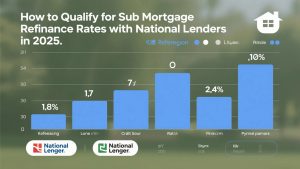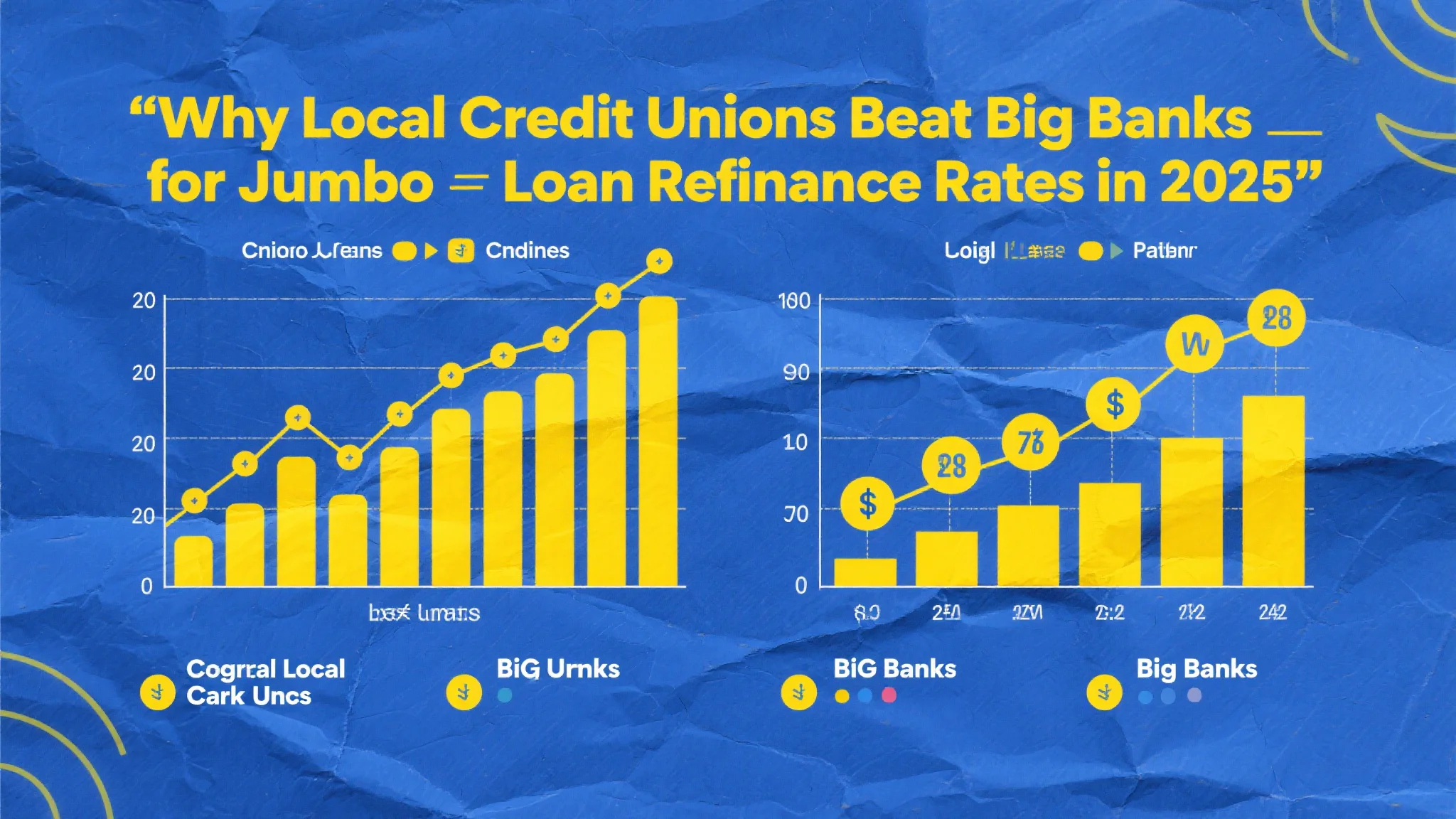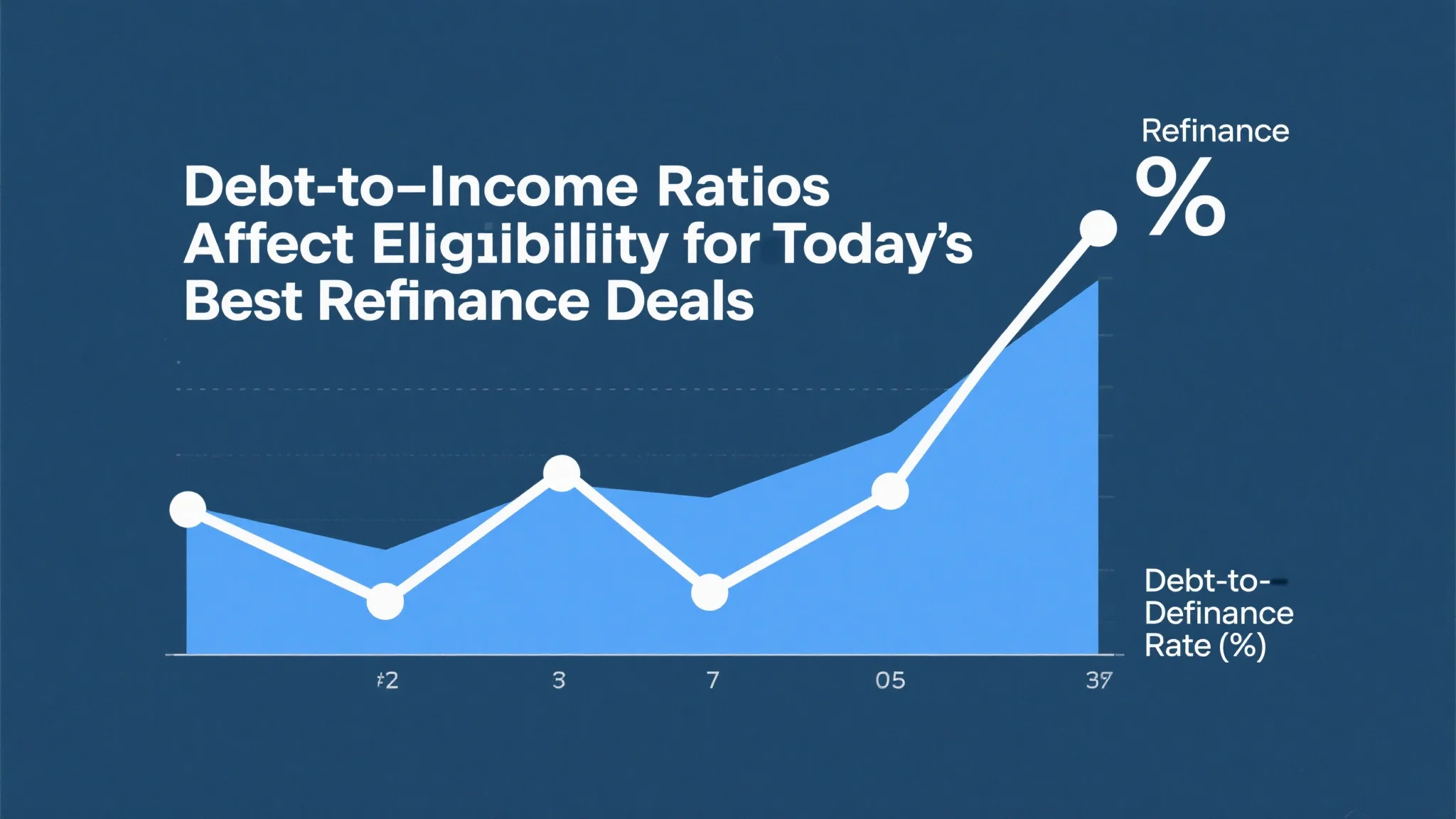Understanding Subprime Mortgage Refinancing Landscape in 2025
The mortgage refinancing market has undergone significant transformations in recent years, particularly for borrowers with less-than-perfect credit histories seeking subprime mortgage refinance opportunities. As we navigate through 2025, the lending landscape presents both challenges and unprecedented opportunities for homeowners looking to improve their financial situations through strategic refinancing. The evolution of lending standards, technological advancements in underwriting processes, and changing economic conditions have created a more nuanced environment where traditional credit scoring models are being supplemented by alternative assessment methods. This shift has opened doors for many borrowers who previously found themselves excluded from conventional refinancing options, making it essential to understand the current qualification criteria and strategies that can lead to successful loan approval.
The concept of subprime lending has evolved considerably since the financial crisis of 2008, with lenders now employing more sophisticated risk assessment tools and offering more transparent terms to borrowers. Today’s national mortgage lenders have developed comprehensive programs specifically designed to serve borrowers with credit scores ranging from 580 to 640, recognizing that credit history alone doesn’t tell the complete story of a borrower’s financial stability and repayment capacity. These lenders have invested heavily in technology platforms that can analyze multiple data points beyond traditional credit metrics, including employment history, debt-to-income ratios, asset accumulation patterns, and even alternative credit data such as utility payments and rental history. This holistic approach to underwriting has resulted in more accurate risk assessment and has enabled lenders to offer competitive rates to borrowers who demonstrate financial responsibility despite past credit challenges.
The regulatory environment surrounding subprime lending has also matured significantly, with enhanced consumer protection measures ensuring that borrowers receive fair treatment and transparent disclosure of all loan terms and conditions. The Consumer Financial Protection Bureau (CFPB) has implemented stringent guidelines that require lenders to verify a borrower’s ability to repay loans, preventing the predatory lending practices that contributed to the previous housing crisis. These regulations have actually benefited qualified borrowers by creating a more stable and trustworthy lending environment where best refinance rates 2025 are accessible to those who meet the enhanced qualification criteria. The result is a market where borrowers can confidently pursue refinancing opportunities knowing that they’re working with reputable institutions that are committed to sustainable lending practices and long-term customer relationships.
Strategic Qualification Approaches for National Lender Programs
Successfully qualifying for subprime refinancing through national lenders requires a strategic approach that goes beyond simply meeting minimum credit score requirements. The most successful borrowers in 2025 are those who understand that qualification is a multifaceted process involving careful preparation, documentation organization, and strategic timing. The first critical step involves conducting a comprehensive financial audit to identify areas of strength and potential concerns that lenders might flag during the underwriting process. This includes gathering at least two years of tax returns, recent pay stubs, bank statements, and documentation of any additional income sources such as rental properties, investment dividends, or side business earnings. Borrowers should also obtain copies of their credit reports from all three major bureaus and carefully review them for errors or outdated information that could negatively impact their qualification chances.
The debt-to-income ratio calculation has become increasingly sophisticated, with lenders now considering not just monthly debt obligations but also the borrower’s overall financial resilience and capacity for handling economic fluctuations. National lenders typically prefer to see a debt-to-income ratio below 43% for subprime borrowers, but many are willing to consider higher ratios if compensating factors are present, such as significant liquid assets, stable employment history, or substantial equity in the property being refinanced. Borrowers can improve their qualification prospects by strategically paying down high-interest debt before applying, consolidating multiple credit card balances to improve their credit utilization ratio, and avoiding any new credit inquiries or major purchases in the months leading up to their refinancing application. Additionally, demonstrating a pattern of consistent savings and responsible financial management through well-documented bank statements can significantly strengthen an application, as lenders view this as evidence of the borrower’s commitment to financial stability and their ability to handle unexpected expenses without defaulting on their mortgage obligations.
Employment stability and income verification have become paramount considerations for national lenders evaluating subprime refinancing applications. In today’s gig economy, where traditional employment patterns are evolving, lenders have adapted their qualification criteria to accommodate various income sources while still maintaining rigorous verification standards. Self-employed borrowers and those with non-traditional income streams must be particularly diligent in documenting their earnings through comprehensive business records, profit and loss statements, and evidence of consistent income over extended periods. The key to successful qualification lies in presenting a compelling narrative that demonstrates not just current financial capacity but also future earning potential and stability. This might involve providing letters from employers confirming job security, documentation of professional certifications or education that enhance earning capacity, or evidence of diversified income sources that reduce reliance on any single revenue stream. National lenders are increasingly recognizing that borrowers with multiple income sources may actually present lower risk than those dependent on a single employer, provided that the income diversity is well-documented and demonstrates consistent earning patterns over time.

Maximizing Rate Opportunities and Long-term Financial Benefits
Securing the most favorable rates available through national subprime lending programs requires understanding the intricate relationship between risk factors, market conditions, and lender-specific pricing models. The mortgage rate environment in 2025 is characterized by increased competition among national lenders, technological innovations that have reduced processing costs, and more sophisticated risk pricing that allows for more individualized rate offerings. Borrowers who position themselves strategically can often secure rates that are significantly better than standard subprime offerings by demonstrating multiple compensating factors and working with lenders whose underwriting models align with their specific financial profile. The most successful borrowers understand that rate shopping should be conducted within a focused timeframe to minimize the impact of multiple credit inquiries, and they come prepared with comprehensive documentation that allows lenders to quickly assess their qualification and provide accurate rate quotes.
The timing of a refinancing application can significantly impact the rates and terms available, with national lenders often adjusting their pricing based on market conditions, portfolio needs, and seasonal demand patterns. Experienced borrowers monitor interest rate trends and economic indicators to identify optimal application windows, but they also understand that personal financial readiness is more important than trying to time the market perfectly. The most advantageous approach involves preparing thoroughly for the refinancing process and then monitoring market conditions for favorable opportunities while maintaining flexibility to act quickly when conditions align. This preparation includes not only financial documentation but also understanding the various loan programs available through different national lenders, as each institution may have unique offerings that cater to specific borrower profiles or property types.
The long-term financial benefits of successful subprime refinancing extend far beyond the immediate monthly payment reduction, encompassing improved credit positioning, enhanced financial flexibility, and the potential for future refinancing into prime rate products. National lenders in 2025 are increasingly offering graduated rate programs and credit improvement incentives that reward borrowers for consistent payment performance and financial responsibility. These programs may include rate reduction opportunities after a specified period of on-time payments, credit monitoring services, and financial counseling resources that help borrowers continue improving their overall financial health. The most forward-thinking borrowers view their subprime refinancing as a stepping stone toward prime lending qualification, using the opportunity to demonstrate improved financial management while building equity and establishing a positive payment history with a reputable national lender. This strategic approach often results in opportunities for additional refinancing at even better terms within a few years, creating a pathway toward optimal mortgage financing that can save tens of thousands of dollars over the life of the loan while providing greater financial security and flexibility for the borrower and their family.



